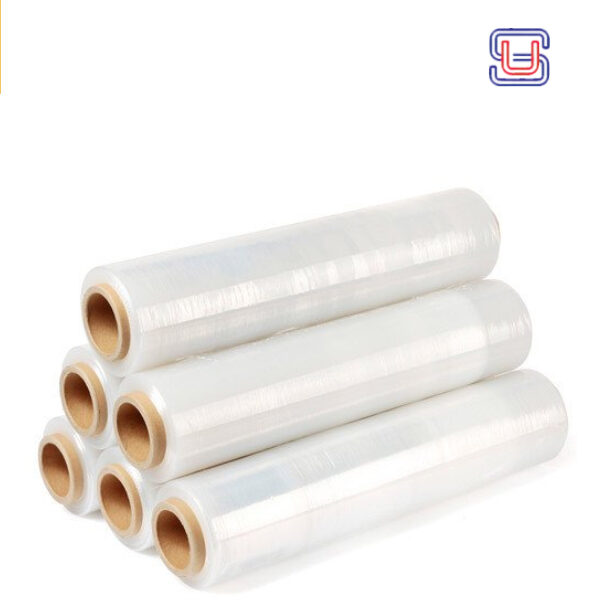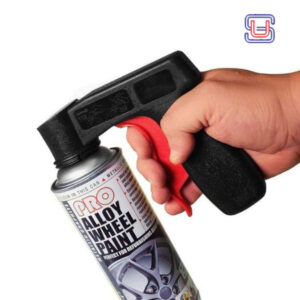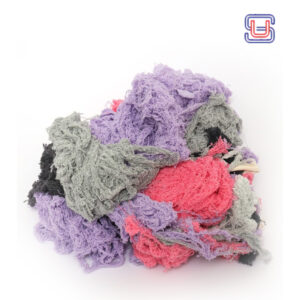QFlex holds significant importance in the packaging industry due to its specialization in flexible packaging solutions tailored for various sectors within the UAE and beyond. The company's expertise lies in providing innovative and customized packaging options that meet the specific needs of industries such as food and beverage, pharmaceuticals, cosmetics, and consumer goods. In the UAE, where diverse industries thrive, QFlex plays a crucial role by offering packaging solutions that ensure product freshness, enhance shelf appeal, and comply with stringent regulatory standards. Their products range from flexible films and laminates to pouches and bags, designed to preserve product integrity while optimizing packaging efficiency. Furthermore, QFlex contributes to sustainability efforts with eco-friendly packaging options that align with global environmental initiatives. This commitment not only meets the growing demand for sustainable practices but also supports the UAE's goals towards environmental stewardship. Through its local presence and responsive customer support, QFlex strengthens its position as a trusted partner in the UAE's packaging sector, providing reliable solutions that enhance product presentation, protection, and market competitiveness for businesses across various industries.

QFlex products are significant in the UAE for several reasons:
Advanced Technology: QFlex offers innovative solutions in the field of flexible packaging. Their products incorporate advanced technologies that cater to the diverse needs of industries such as food and beverage, pharmaceuticals, and consumer goods in the UAE.
Quality and Compliance: QFlex products meet stringent international quality standards and regulatory requirements. This ensures that they are safe for use in industries where product safety and hygiene are paramount.
Customization: QFlex provides customizable packaging solutions tailored to the specific requirements of UAE businesses. This flexibility allows companies to optimize packaging efficiency and enhance product appeal in the competitive market.
Sustainability: QFlex emphasizes sustainable packaging practices, aligning with the UAE’s commitment to environmental sustainability. Their eco-friendly packaging options help businesses reduce their carbon footprint and meet local sustainability regulations.
Local Presence and Support: QFlex likely has a local presence in the UAE, ensuring prompt delivery and support services to their customers. This local presence enhances their responsiveness to market demands and customer needs in the region.
Overall, QFlex products play a crucial role in supporting the packaging needs of various industries in the UAE, offering technologically advanced, quality-assured, and sustainable packaging solutions.




